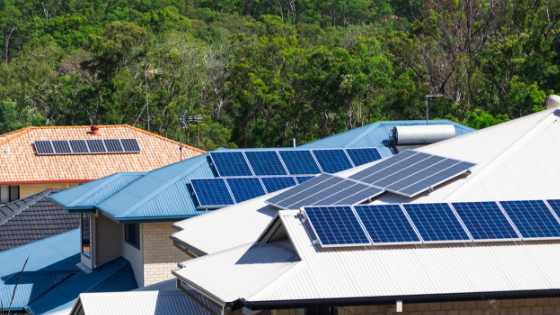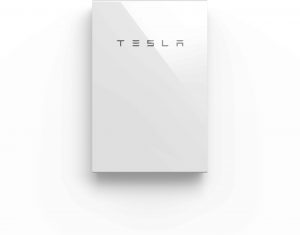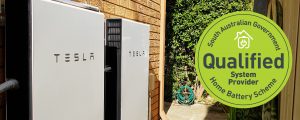

Whilst the term virtual power plant (VPP) has been around for a while now, what does it actually mean and how will they play an important part in our future energy systems?
Let’s start with a typical household. If no one is home, then electricity usage is low if only appliances such as the refrigerator are running. This changes when people come home and switch on things such as TVs and lights and they start cooking.
If we think about all the households and businesses in our neighborhoods, cities or country, the overall variation of electricity use means that demand for electricity changes often throughout the day and even year.
An uninterrupted supply of energy requires a balance between the output of electrical power from power plants and the demand from homes and business.
In our current electricity system, fossil fuel power plants adjust their output to follow electricity demand and keep the system working. Most power generation is isolated a long way away from the demand, and usually consists of a large centralised power plant connected to users via power lines.
But what if something goes wrong? What if a power plant isn’t working, or the power lines connecting them to users are damaged? What about when power demand is very high- like on extreme weather days when we all turn on our air conditioners, this might mean that our demand for electricity will not be met.
The uptake of solar in Australia is at an all time high and even the government are building wind farms and solar farms to tackle climate change, but these sources of electricity don’t always match the time when we want to use our appliances.
So how do we achieve a balance between supply and demand and uninterrupted electricity? Events like these could lead to a power cut or more expensive electricity as a result of keeping additional fossil fuel power plants working as back up for just a few hours a year. This is unless we think about adjusting things at the household and business user side to maintain the balance between the demand and supply of electricity.
This is possible if we can store renewable energy locally when it is available through technology such as batteries or if we are willing to have some of our electricity shared and usage shifted to a different time for example, delaying when our air conditioning will start or when it’s run.
If we coordinate these energy stores and the shifting of appliance usage together in a local area, we have a virtual power plant.
Virtual power plants are therefore a network of solar PV and battery systems all working together to generate and store energy, and feed energy back into the grid. This is achieved through the use of cloud based software that monitors, controls and balances energy demand, supply and storage in response to the changing energy needs.
They provide flexibility to match power supply and demand without costly fossil fuel power stations being reserves for back up and to switch on for high peaks in demand.
In South Australia and other states, they are looking at ways to build virtual power plants, that will be able to provide a reliable service, allow for more renewable electricity supply to be used and lead to lower energy bills overall.




MARCH 2023 – Update from Tesla – Powerwall no longer sutable for off-grid. Click for more details.

Single Wire Earth Return (SWER) lines have been a cornerstone of rural electricity distribution for decades. Designed to provide power to remote and sparsely populated

Under the Home Battery Scheme (HBS), the SA Gov will provide 40,000 South Australian homes with subsidies up to $6,000 each for installing battery storage on their homes.

Here’s a guide to some commonly used terms and abbreviations and what they mean in the world of electricity
Off-Grid Energy Australia · Securing your power and your future
Electrical Contractor Licenses: VIC REC-31913, TAS 15608294, WA EC15901, SA PGE278927, NSW 279181C